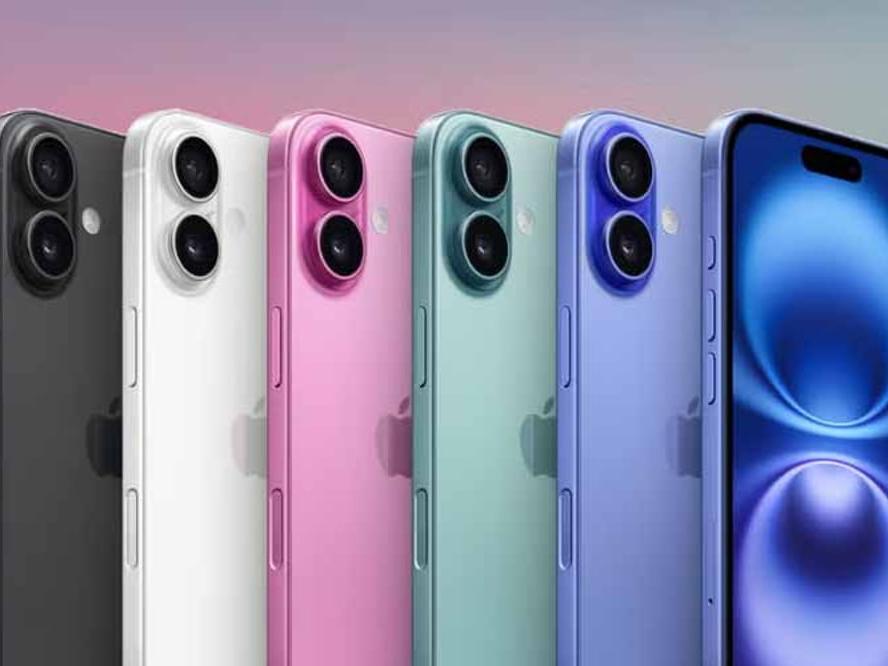Apple’s latest iPhone 16 series has been officially unveiled, marking a significant shift in the company’s strategy towards AI integration and enhanced user experience. The new lineup includes the standard iPhone 16 and 16 Plus, as well as the more advanced iPhone 16 Pro and Pro Max models, with prices starting at 1,219 euros for the Pro and 1,469 euros for the Pro Max.The iPhone 16 series introduces several new features, including a customizable action button, a sliding button for camera control, and improved camera capabilities. The Pro models boast larger screens, with the iPhone 16 Pro featuring a 6.3-inch display and the Pro Max a 6.9-inch display. These devices also incorporate a more powerful A18 Pro chip, promising 15% more power and 20% better graphics performance.One of the most significant additions is the integration of AI capabilities, branded as ‘Apple Intelligence’. This includes features such as ‘Visual Intelligence,’ which allows users to interact with their surroundings in unprecedented ways, such as capturing a photo of a cafe and instantly retrieving its address, website, and menu. However, it’s worth noting that many of these AI features will not be immediately available at launch, with a gradual rollout planned starting with iOS 18.1 in October.The camera system has seen notable improvements, with the Pro models featuring a 48MP primary lens, 12MP telephoto lens, and 12MP ultra-wide lens. Apple has also introduced a new feature called Spatial Audio Capture, enhancing audio recording quality and noise reduction.While these enhancements have been generally well-received, some critics and tech reviewers have pointed out that certain features, such as the ‘camera control’ button, have been available in other smartphones for over a decade. YouTube tech reviewer Marques Brownlee described the iPhone 16 as a ‘very incremental, minor update’ to last year’s iPhone 15.In a surprising move, just hours after Apple’s announcement, Huawei launched the world’s first triple-folding smartphone, the Mate XT. This device can transform from a tablet-sized 10.2-inch screen into a typical phone, featuring AI-powered capabilities and a foldable keyboard. With a starting price of $2,800, Huawei is positioning the Mate XT as a luxury product and direct competitor to Apple’s high-end offerings.As the smartphone market continues to evolve, it remains to be seen how consumers will respond to these latest innovations from both Apple and Huawei, and how they will shape the future of mobile technology.
Key points
- Apple’s iPhone 16 series focuses on AI integration and improved camera capabilities.
- Many AI features in the iPhone 16 will be gradually rolled out, starting with iOS 18.
- Huawei has launched the world’s first triple-folding smartphone, the Mate XT, as a luxury competitor to the iPhone 16.
1 in October.
Contradictions👾While Apple presents the ‘camera control’ button as an innovation, critics point out that similar features have been available in other smartphones for over a decade.
